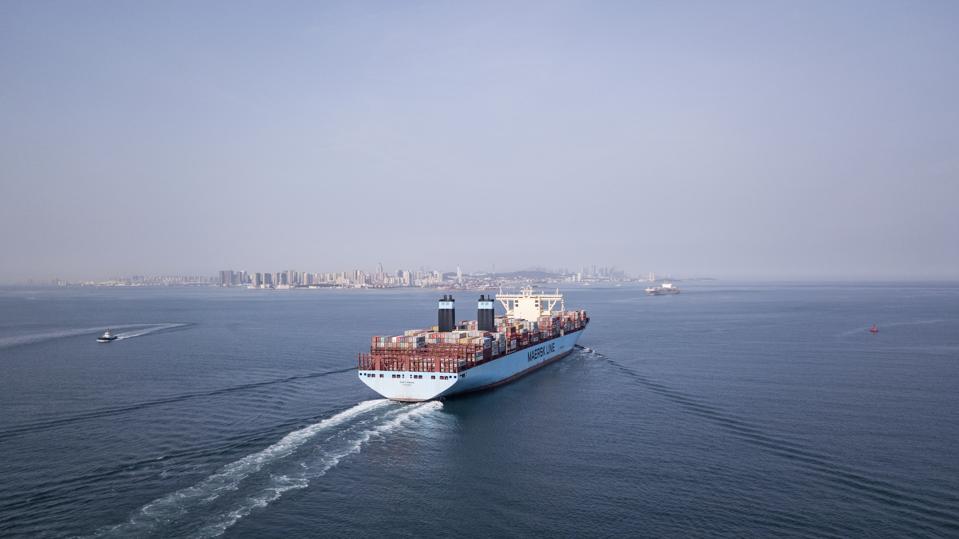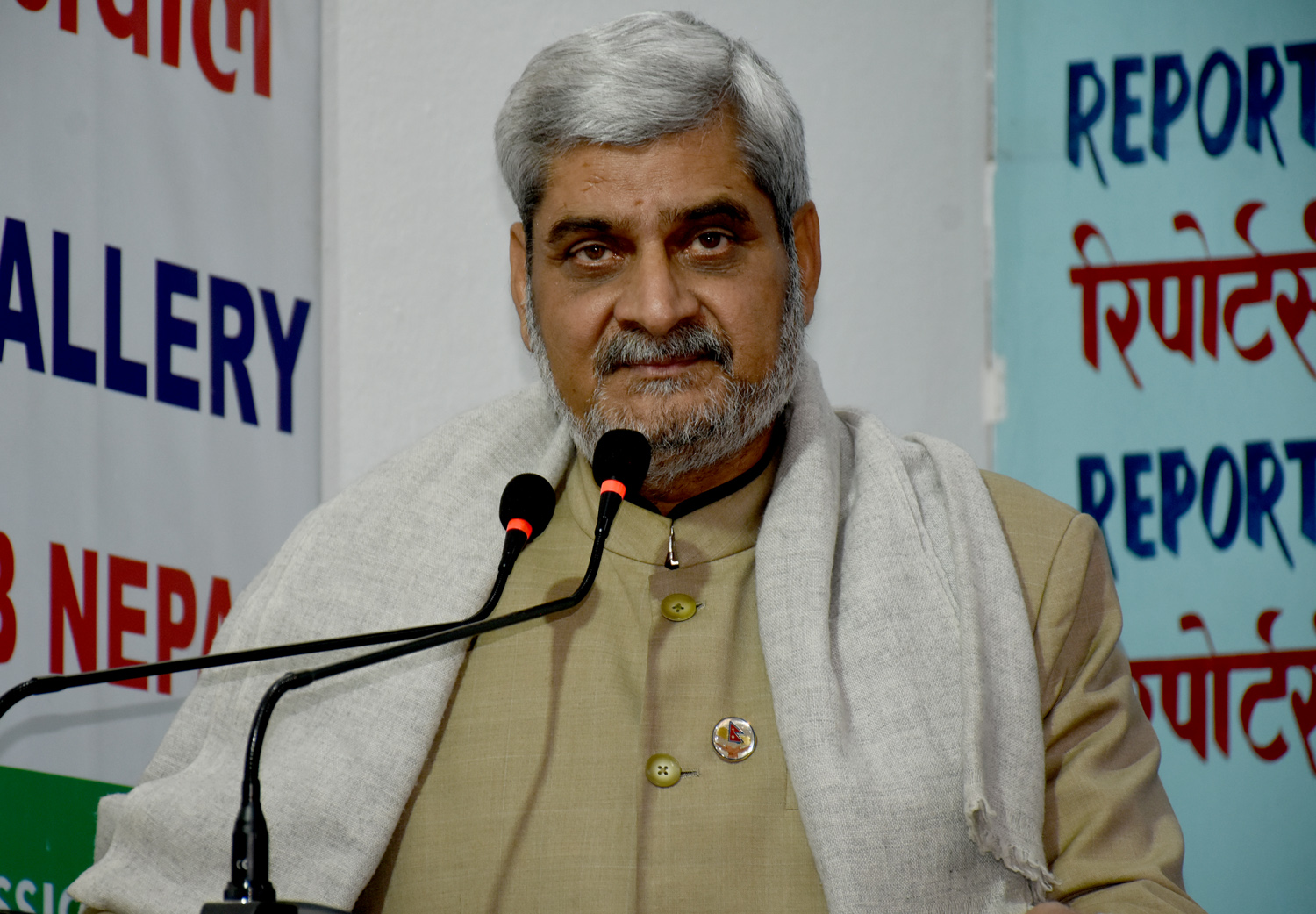In the grip of the pandemic, governments are spending with overwhelming force to stave off economic collapse. Read @zacharykarabell on how this unprecedented experiment will test long-held assumptions about economic and social policy:https://t.co/6SCpUhm310
— Foreign Affairs (@ForeignAffairs) April 18, 2020
Can History’s Biggest Stimulus Stave Off a Coronavirus Depression? A Real-Life Experiment in Hyper-Keynesianism ....... The New Deal set the standard for big government intervention. Then came the pandemic of 2020. ........ In the past few weeks, the U.S. Congress and Federal Reserve have moved to inject more than $6 trillion into the U.S. economy. European governments and the European Central Bank are spending and lending trillions more. Norway, Italy, France, and the United Kingdom are directly subsidizing private payrolls. All together, these efforts will amount to at least $10 trillion, or a quarter of annual economic activity in the United States and Europe. Asian states including China, Japan, and South Korea are undertaking similar efforts at equivalent scale. ......... Governments, in other words, are spending as if there will be zero economic output between now and sometime this summer. In the coming months, the bonanza of public spending will blur the lines, never clear to begin with, between the public and private sectors and transfer a large portion of the global economy onto government balance sheets. This level of spending has no precedent in history—not even close. Not in war. Not in peacetime. Not ever. ................. On May 28, 1934, the British economist John Maynard Keynes met with President Roosevelt at the White House. With the New Deal in full bloom and Roosevelt embracing a level of government spending and intervention in the economy that was then unprecedented in peacetime, one might have expected Keynes to commend the U.S. president for putting into practice Keynes’s own recommendations for how to escape a deep depression. Instead, the economist told Roosevelt, genially and respectfully, that he hadn’t done enough. .............. In the aftermath of World War II, the United Kingdom created a national health-care system. Nordic countries followed the United Kingdom’s example, and eventually the rest of Europe did, too. Europe also invested in extensive public education and housing programs, partly to heal the ravages of war and partly to hold the tide of communism at bay. ........ Many conservatives have blamed Europe’s publicly funded safety net for dampening growth, productivity, and innovation. And the stimulus spending in 2008 and 2009 has been equally if not more controversial, with many free-market economists assailing what they saw as excessive and unnecessary government spending as one reason for the slow pace of the eventual recovery. ........... Now the U.S. government has authorized spending that amounts to one-third of annual GDP over a matter of months. Given the current rumblings about a potential $2 trillion infrastructure bill and more funding for direct economic stimulus, the total amount could end up being closer to 50 percent of annual GDP. ............
public funds being deployed with “overwhelming force”: the U.S. government is spending more than anyone thought possible, faster than anyone thought feasible, as it seeks to contain the economic damage caused by the novel coronavirus.
.......... The sheer scale of government expenditures around the world will likely force economists to rethink their “laws” of pricing, markets, and government balance sheets. The coronavirus crisis has collapsed—at least temporarily and perhaps permanently—the line between the public and private sectors.When all economic activity is halted, there is no free market.
......... What is clear is that without this level of spending, the risk of true economic and societal collapse would be non-negligible. .......... Among the economic “laws” that will be tested and likely found wrong is that high levels of deficit spending (paid for by printing money) will trigger inflation. ....... the entire world is rejecting this orthodoxy at once. .......... With even the thrifty Germans running up large deficits, the idea of a golden ratio between a country’s GDP and its acceptable level of debt is likely to be abandoned as well. .......... If heavy borrowing and spending make countries more like Japan than Zimbabwe, there is reason for optimism. ........ Government spending alone can’t indefinitely take the place of real-world economic activity, though it may be a vital palliative in the near term. ....... In the grip of the pandemic, governments are spending with overwhelming force to stave off economic collapse. Whether this grand experiment will work is unclear. But what is clear is that nothing else willCoronavirus News (47) https://t.co/yc9gbcHhfM #CoronavirusOutbreak #CoronavirusUSA #coronaviruskenya #CoronaVirusUpdate #COVID #Covid_19 #COVIDー19 #TrumpMeltdown #TrumpPandemic #lockdown #lockdownpakistan #pandemic
— Paramendra Kumar Bhagat (@paramendra) April 18, 2020












